6 Common Mistakes with 4-in-1 Detectors
In today's era of rapidly advancing technology, four-in-one detectors have gained widespread application across numerous fields such as safety inspection and environmental monitoring due to their multifunctionality and user-friendly design. However, many international users often make mistakes during operation due to a lack of in-depth understanding of the device's characteristics, which can compromise the accuracy of detection results and shorten the equipment's lifespan. Below are six common errors identified by the yiyuntian Eranntex editorial team regarding four-in-one detectors.
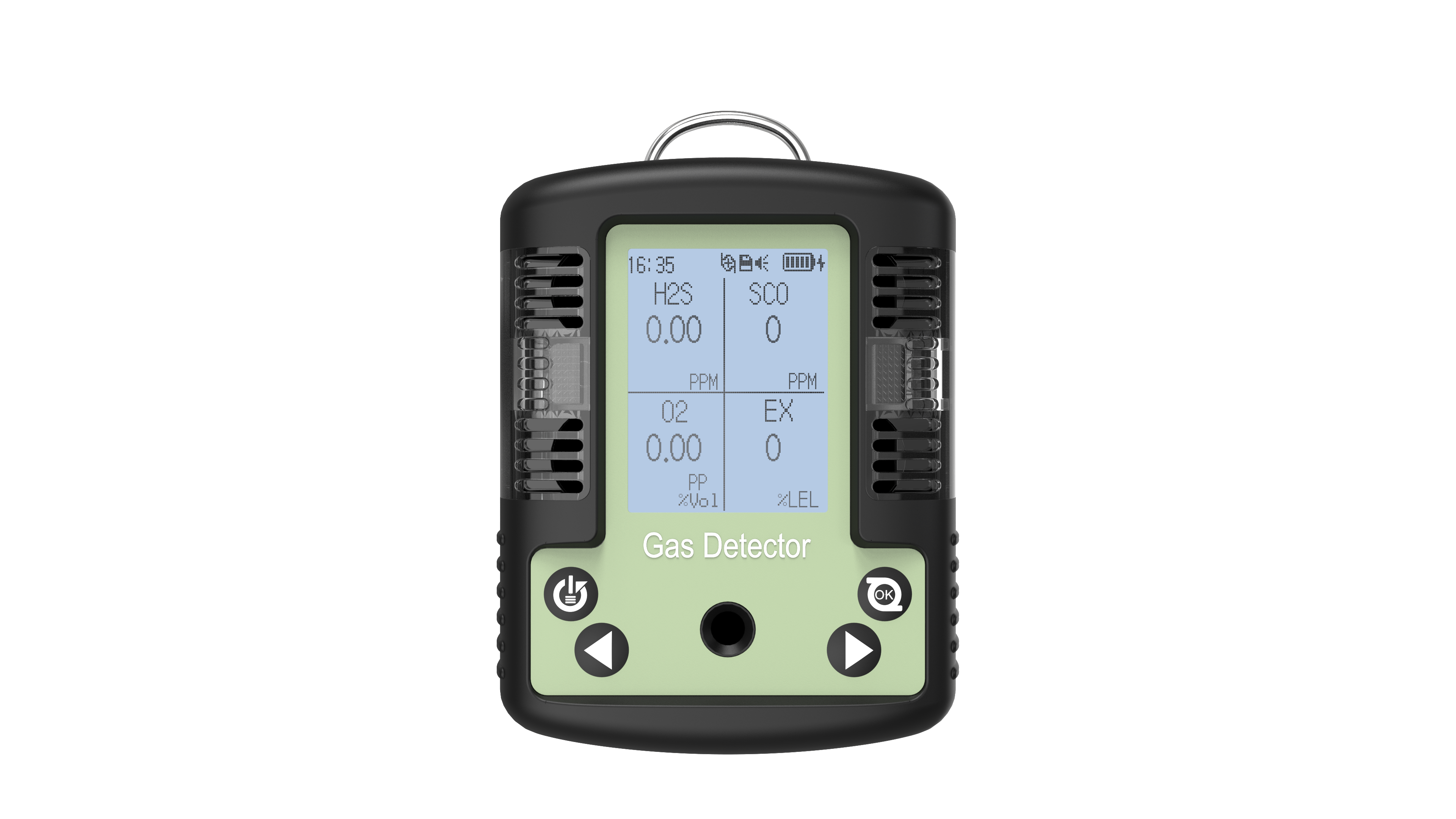
Error 1: Neglecting Calibration
Four-in-one detectors accurately measure multiple gas concentrations, temperatures, and other parameters, with their precision heavily reliant on regular calibration. Yet many international users overlook this critical step. They may assume calibration is unnecessary if the device is newly purchased or appears to function normally. In reality, sensor drift occurs over time due to environmental changes and frequent use. For instance, in complex environments like chemical plants, prolonged exposure to various chemicals can degrade sensor performance. Without regular calibration, detected data becomes inaccurate, potentially failing to identify safety hazards in time—such as underreporting gas leak concentrations and delaying response. The correct approach is to send detectors to professional calibration facilities periodically as per the manual, or perform self-calibration using standard gases.
Mistake 2: Incorrect Placement of Detection Points
The placement of detectors is critical to the accuracy of four-in-one detector readings. Some users, seeking convenience, arbitrarily position detectors in certain locations. For instance, when monitoring indoor air quality, placing a detector near a well-ventilated window yields data that does not accurately reflect overall indoor air conditions. Airflow near windows moves rapidly, potentially resulting in lower pollutant concentrations in that specific area. In industrial settings like warehouses, placing detectors in well-ventilated areas far from stored goods prevents detection of potentially emitted hazardous gases. The correct approach is to select representative locations based on testing objectives. For indoor air quality testing, place detectors in room centers or high-traffic areas; in industrial environments, test near potential gas leak sources.
Mistake 3: Failure to Clean Detectors
During operation, the sensor surface and air intake of four-in-one detectors can accumulate dust, grime, and other contaminants. Many international users overlook the importance of timely cleaning. These impurities can clog the air intake, obstructing normal gas flow and preventing the sensor from accurately detecting gas concentrations. For instance, when using detectors to monitor dust and hazardous gases at construction sites, the sensor surface quickly becomes covered in dust. If not cleaned promptly, detection data will become inaccurate. For cleaning, use a soft dry cloth to gently wipe the detector surface. For air inlets, use specialized cleaning tools like small brushes, carefully cleaning to avoid damaging the sensor.
Mistake 4: Exceeding the Device's Operating Range
Each four-in-one detector has specific operating parameters, including detectable gas types, concentration ranges, and environmental temperature and humidity limits. However, some international users may operate detectors beyond their capabilities to save costs or for convenience. For example, a detector designed for low-concentration hazardous gases might be used in high-concentration environments, potentially damaging the sensor or causing safety incidents. Always thoroughly review the device manual before use to understand its specifications and ensure operation within appropriate conditions.
Mistake 5: Failure to Replace Batteries Timely
Four-in-one detectors typically rely on battery power, and low battery levels can impair normal operation. Some international users lack the habit of regularly checking and replacing batteries. When battery power is critically low, detectors may exhibit inaccurate readings or malfunctioning alarms. For instance, in an emergency, a detector unable to sound an alarm due to dead batteries could have catastrophic consequences. Users are advised to regularly check battery levels and keep spare batteries on hand for prompt replacement when needed.
Mistake 6: Operating without proper training
Though relatively simple to operate, four-in-one detectors still require basic expertise and skills. However, some international users operate the device without any training. They may be unfamiliar with the various function buttons, the meaning of alarm signals, and how to correctly interpret detection data. This can lead to operational errors during detection, compromising the accuracy of results. Therefore, users should attend relevant training courses or thoroughly review the device manual before use to understand operating procedures and precautions.
In summary, understanding and avoiding these six common mistakes will help international users optimize the performance of their four-in-one detectors, ensuring accurate detection results and the safe, stable operation of the equipment.
Related information
-
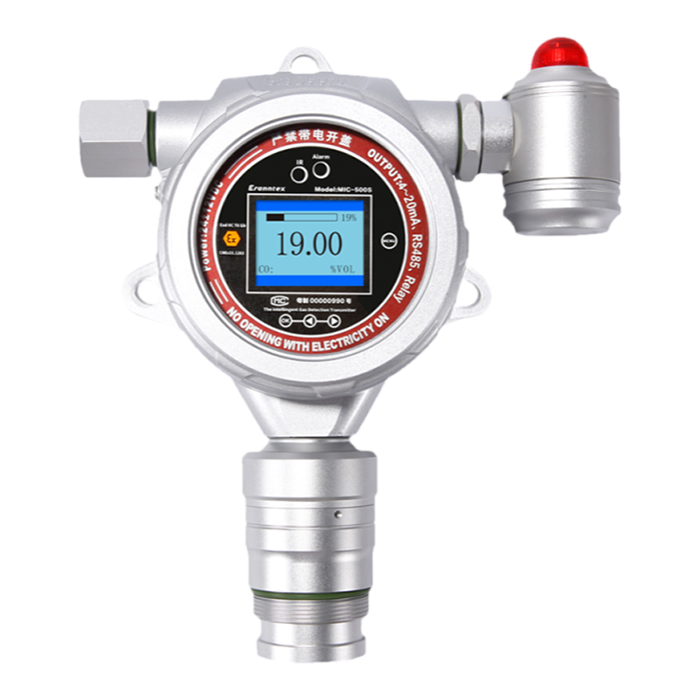
Combustible Gas Detectors: Your First Line of Defense
In today\'s society, whether in cosy domestic settings, bustling industrial environments, or challenging outdoor work zones, combu...
2025-10-31 -

How to Test Your Oxygen Detectors Effectively?
In today\'s society, where safety and health are paramount, oxygen detectors serve as vital equipment safeguarding us from the d...
2025-10-29 -

Oxygen Detectors: Your Key to a Safer Environment
In the global pursuit of safety and healthy living, oxygen detectors are increasingly becoming indispensable equipment for safeg...
2025-10-27 -
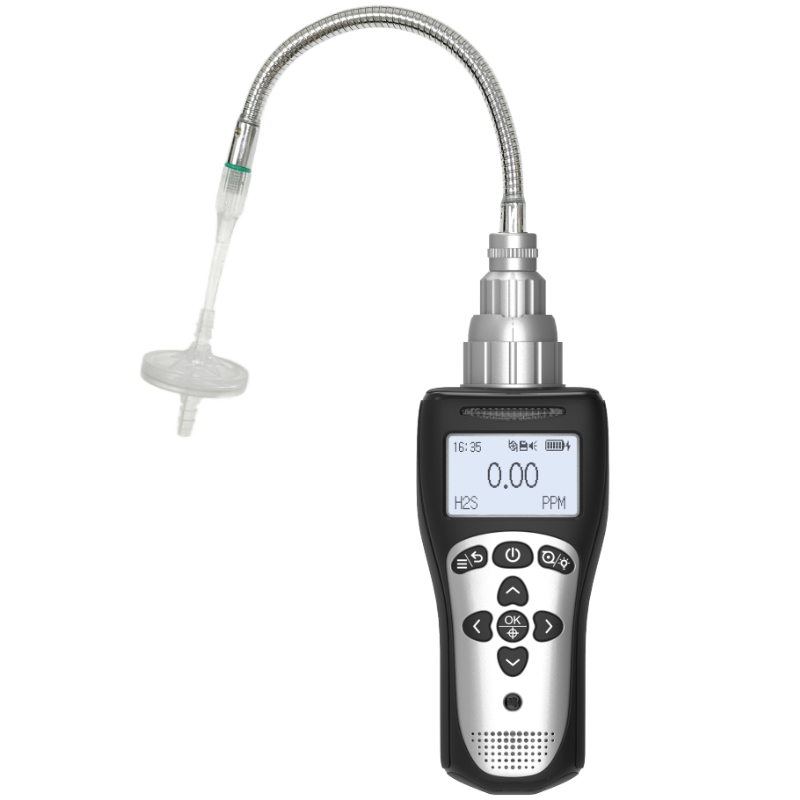
6 Types of Oxygen Detectors You Should Know About
In countless industrial, commercial, and research settings, oxygen serves as both the source of life and a potential hazard. Insuf...
2025-10-24 -

How Often Should You Replace Your Oxygen Detectors?
In today\'s society, oxygen detectors play a vital role across industrial production, underground operations, and specific domesti...
2025-10-22

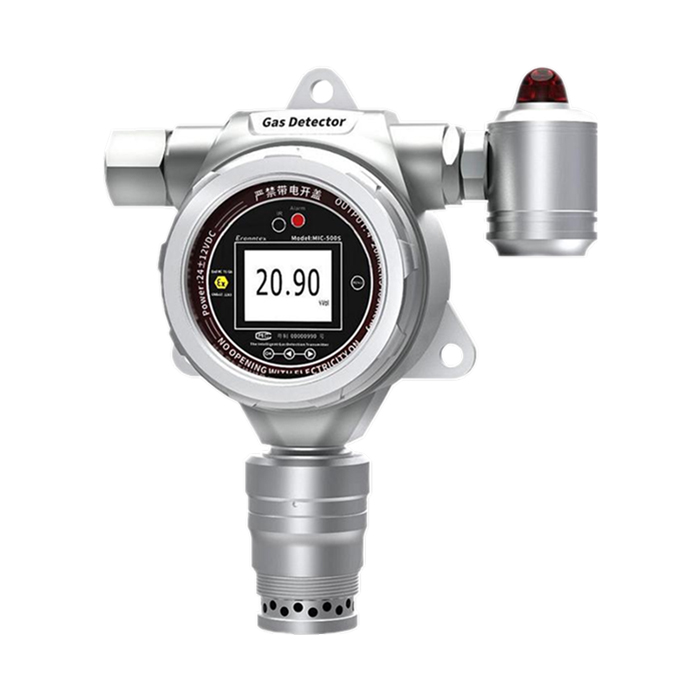
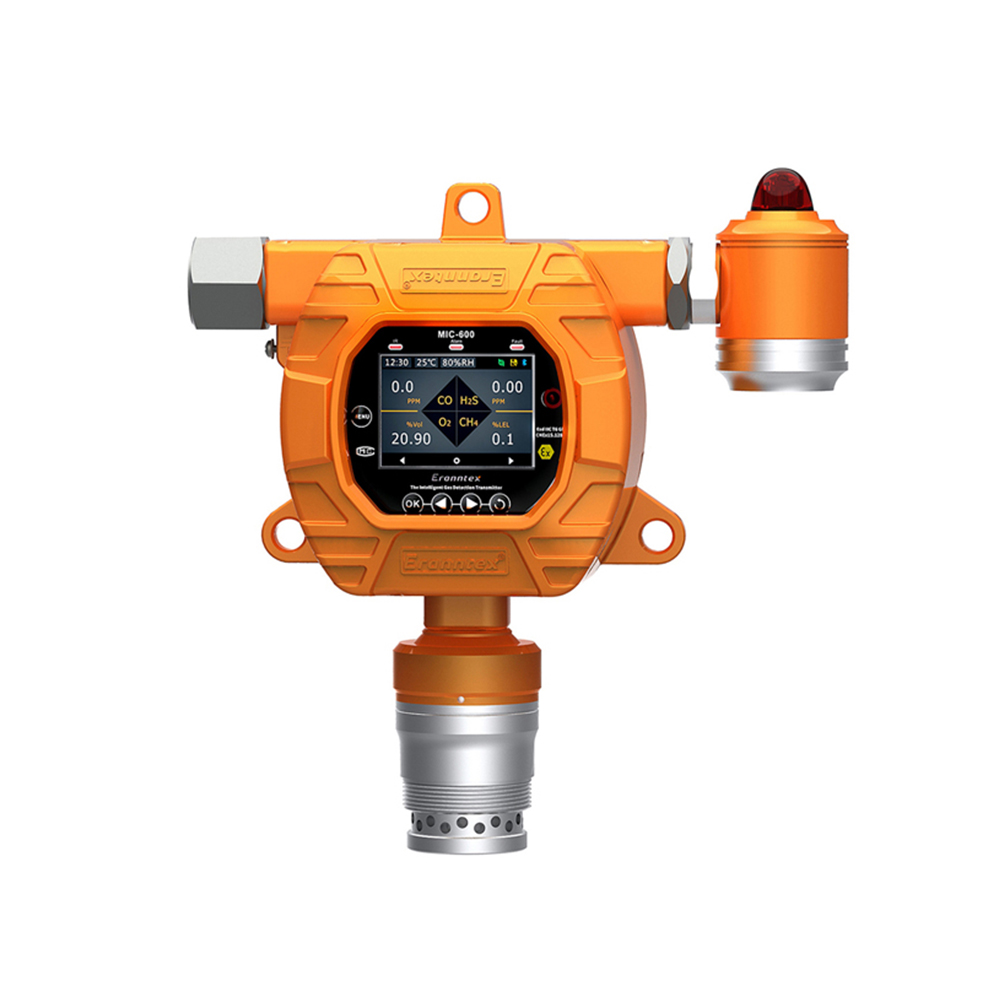
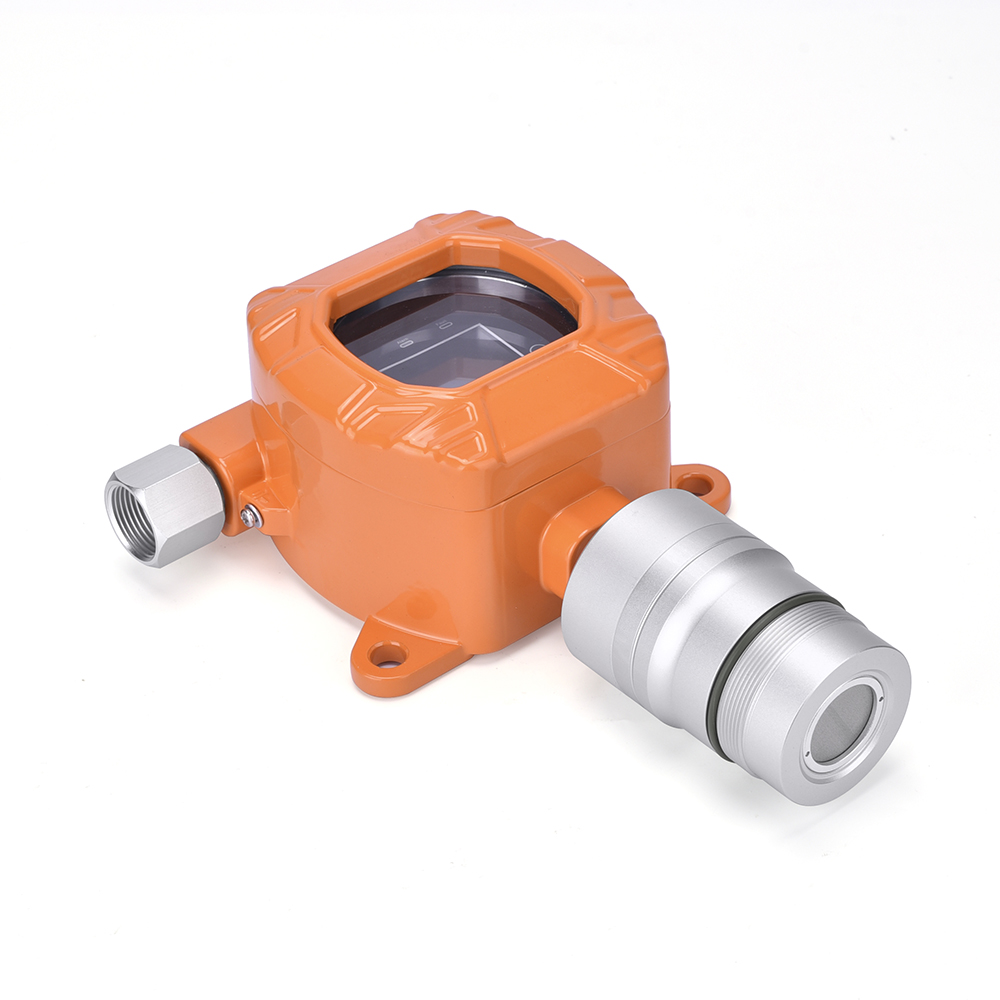
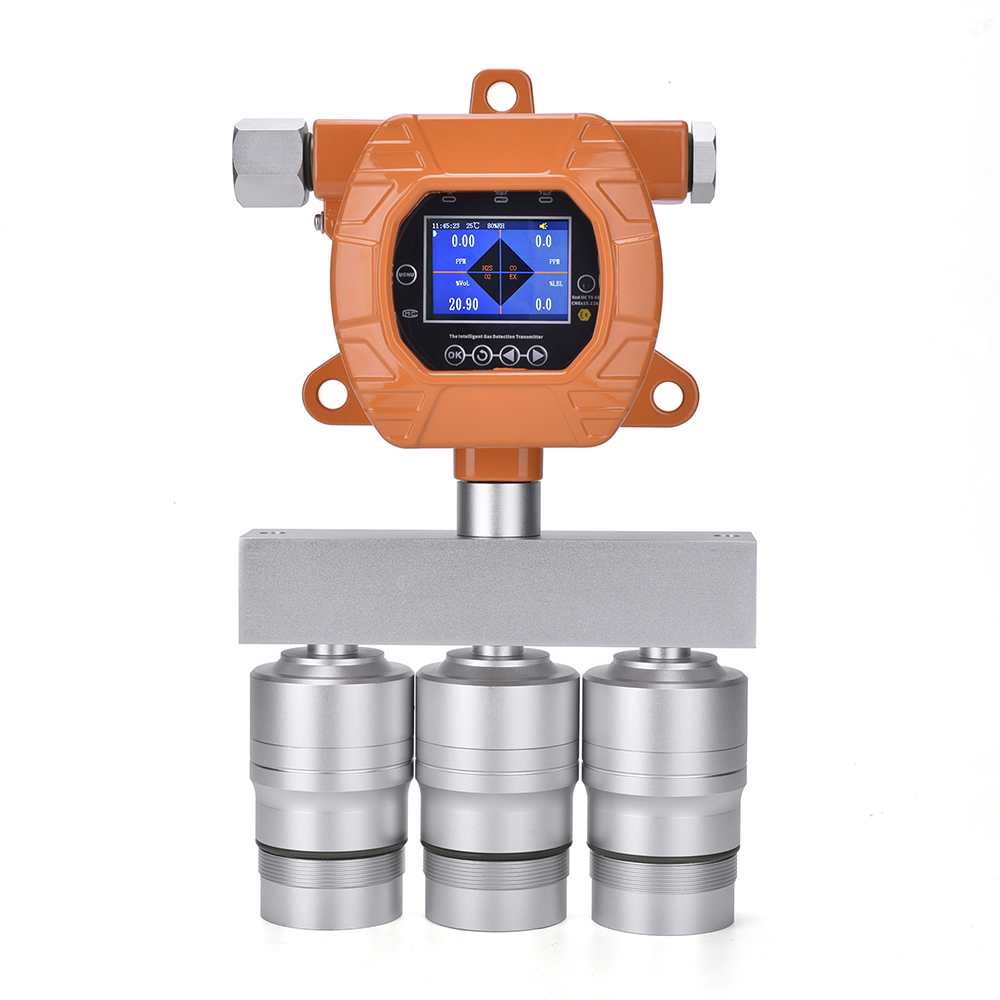


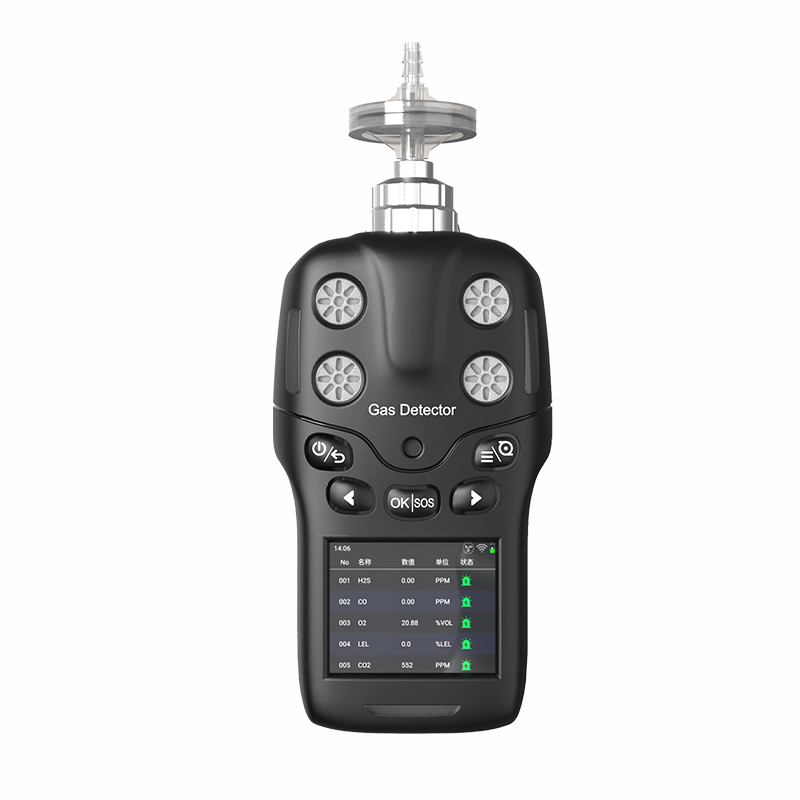

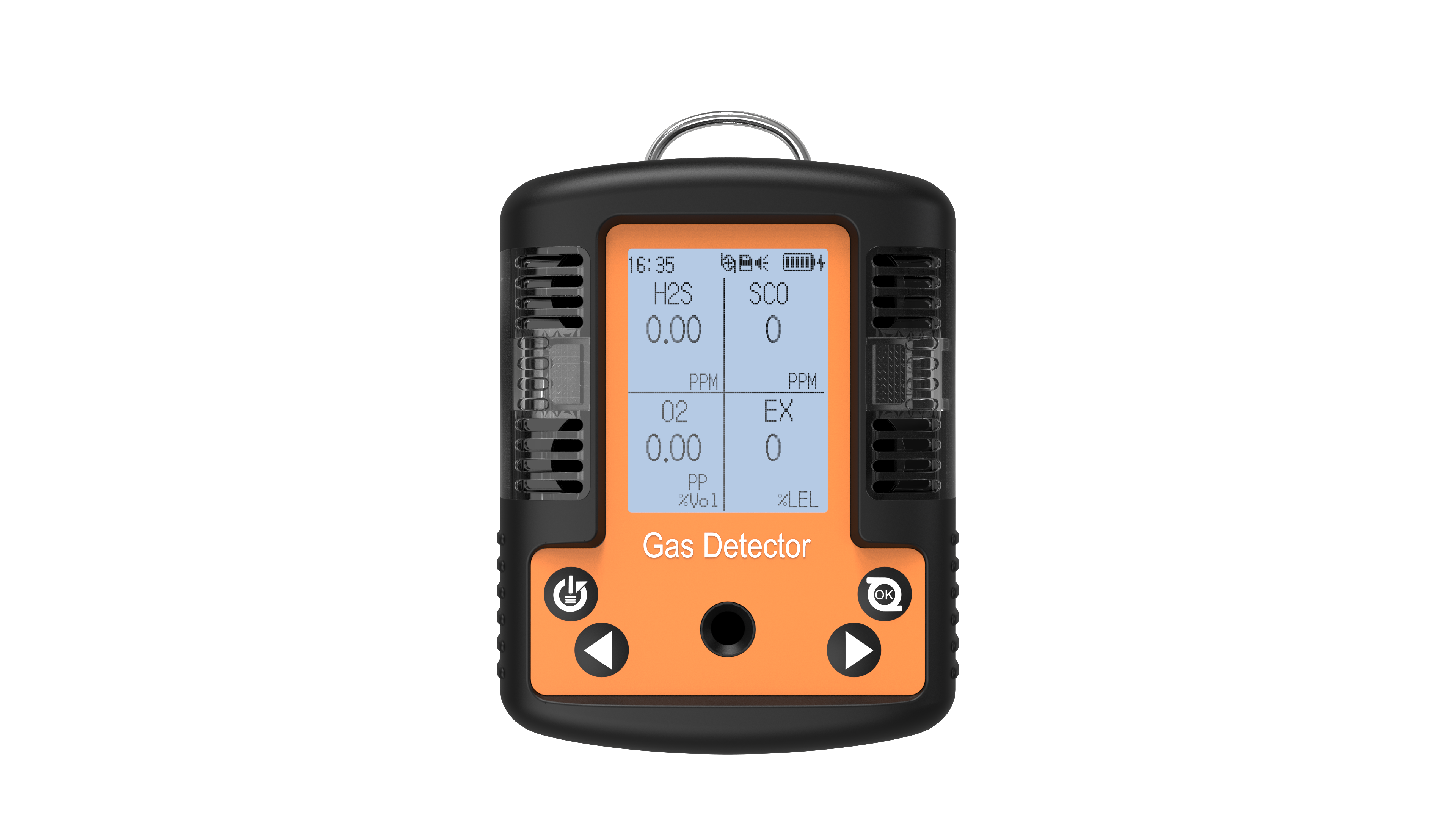
 info@eranntexgas.com
info@eranntexgas.com


 13480931872
13480931872